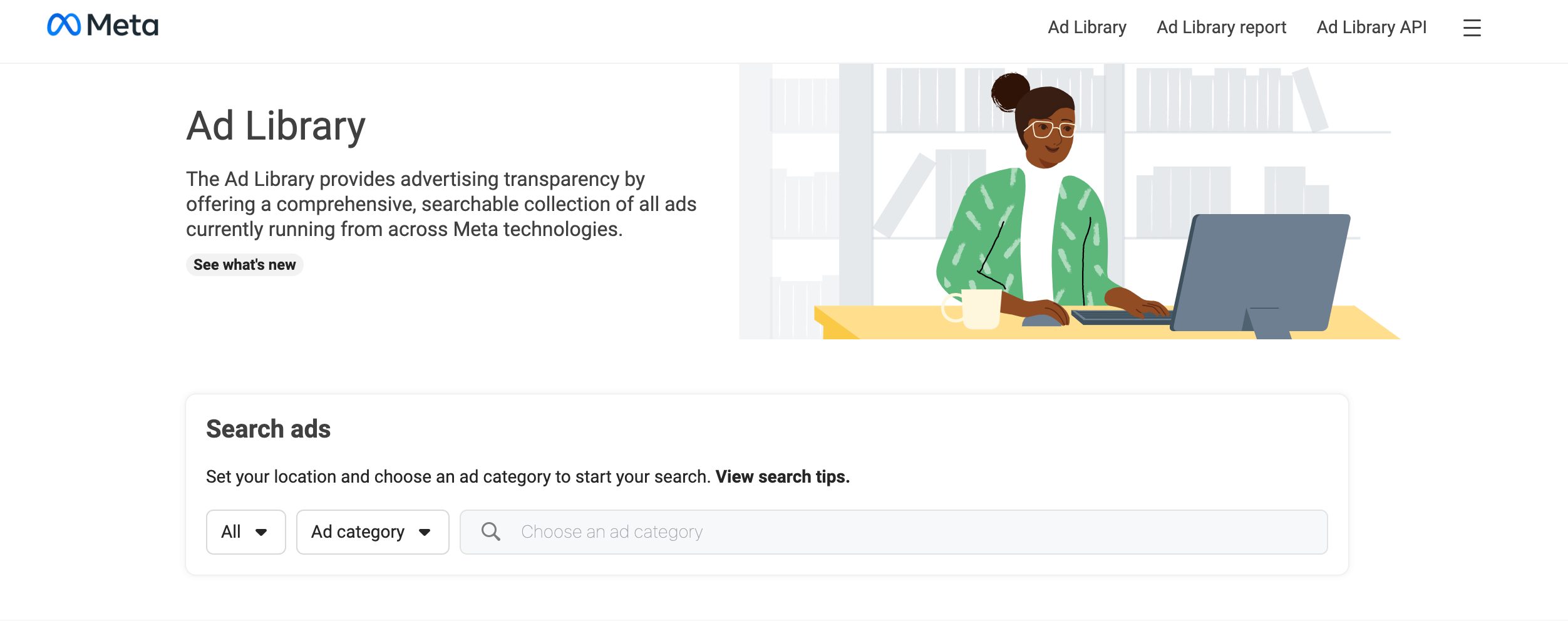Facebook advertising has been ever-evolving since its introduction. For example, in 2004, the platform launched their very first digital marketing initiative: Facebook Flyers. This service mainly catered to businesses that provided services geared towards students, and the sale of this ad space was relatively piecemeal. Years later, the platform has become a fully functional advertising powerhouse, helping advertisers of all sizes reach their target audiences.
From where it started to where it is now, Facebook has made many changes to the way ads are set up and also how they are delivered to its users. These changes have prompted advertisers to employ new strategies to achieve profitable results from their ad accounts.
In this article, we will explain how to get the most out of your ad spend with Facebook Ads in 2022.
What are you offering?
Your offer is one of the most important aspects of running successful ads, especially in 2022. Your offer is a major determinant of your return on ad spend and how fast and well you can scale your campaigns. Now, offers have gone beyond the regular 5% or 10% off, which is great, but this form of offer does not drive the kind of results you’re looking to achieve.
Another mistake advertisers make when promoting offers is price reduction. Reducing your price does not guarantee more sales, especially if the offer isn’t unique and compelling. The problem with reducing your price is that you will keep attracting people who are looking for cheap prices, but if you constantly improve your offers, you will be able to sell to quality buyers and increase their lifetime value (LTV).
For example, if you are selling $50 photochromic glasses, you can sweeten the offer by adding a protective case instead of a regular case for the same price. Even better would be including a pair of replacement lenses alongside the full-price sunglasses. Buyers will more often than not opt for the second and third offers over a product that simply has a reduced price. This is how you can beat the competition – by starting with the kind of offer you are introducing into the market. There will always be some other brand selling almost the same product, but the best way to stand out is through your offer.
Our goal is to drive great results, and if we’re simply using the same offer as our competitors we’ll only be achieving average results.
Competition research
As you think about the best offer to promote, you need to also start researching your competition. It’s a best practice to identify 3-5 other brands selling the same or similar products as your company. You can do this by using the Meta Ad Library. The Ad Library shows you your competitors’ offers, the type of creatives they are using and the product page the ads are directed to. You’re going to want to take note of a few things:
- What are their offers?
- What visuals are they using for their promotions – especially those that have been running for a while?
- How do they talk about the product?
- What are the key points/features they emphasize?
- Are there any reviews about the product? What can you learn from them?
This information will help you craft your offer and decide how you promote your product.
For example, you will want to know what people love about the product and ensure you fix the aspects of the product that potential buyers may complain about. You can also get an idea of the kind of visuals working for your competition based on how long they have been using them.
Basically, competitor research is the best way to make informed decisions about your product and how to launch into the market.

Audience research
For any marketing campaign, audience research must be top of the list. To effectively sell to a group of people, you have to understand who they are and what influences their buying decisions. This is the point where our competitor research starts to become invaluable.
One way to identify the kinds of people who should want to buy your product is to check the reviews on the websites of your 3–5 competitors. Take a look at what they love about the products and why they would buy them in the future. This will not only expose the buyer’s pain points, but it will also illuminate the ways that the product is invaluable to the buyer.
You can also use the Meta Ad Library to read through any comments that have been left on their ads. If you want to dig even deeper, you can browse Amazon, YouTube reviews and their Instagram pages. The goal here is to find comments that give you insights into:
- How to communicate the benefits of your product
- What the target audience wants
- What about your competitor’s product is working for their customers
- What about your competitor’s isn’t working for their customers
Creating ads that convert

The simple goal of an ad is to grab attention, create desire and prompt action. You want to ensure that your image or video grabs attention within 5 seconds using either attention-grabbing images or text. To create desire, show them how they can achieve their ideal situation with your product or service and how your product works, being sure to include its benefits.
Creating high-converting ads doesn’t have to be complicated. The first method is to use your findings from your audience research to create ads that will grab their attention and speak to their pain points. Your audience research already gave you a good insight into how your target audience thinks about your product and what motivates them, and this is the stage where you need that information.
Another approach is to find the ads your competitors have been running for a while through the Meta Ad Library. There’s a reason why these ads have been running for 3-6 months. Take those ads and imitate them for your brand.
Finally, once you start running your ads and you’re able to determine your best-performing creatives, you can start making variations. For example, if you have a winning ad for your photochromic glasses showing a blue light test of the product, you can create another ad showing the test in another environment (e.g., laboratory, etc.) With these methods, you will be able to create multiple winning ads that you can test.
Account structure
Gone are the days when you had to run 6-10 ad campaigns simultaneously on Facebook. Most advertisers were running as many as 3 cold audience ads alongside multiple warm and hot audience campaigns.
The best approach to creating a winning ad account is to focus on one thing at a time. Most of the successful ad accounts generating 6-7 figures monthly are running only 2-3 campaigns at a time and have a simple ad account structure.
Testing and scaling

Before you start testing your offers and creatives, you should have identified your break-even ROAS. Your break-even ROAS can be calculated using the formula:
1 / Net Profit Margin
The first step is to divide 1 by your Net Profit Margin. I’m sure your next question is, “How do I know what my Net Profit Margin is?” See the formulas below.
Average Order Value/Cost of Goods Sold = Net Profit
To determine your net profit margin, you’ll need to divide your Average Order Value by the Cost of Goods Sold. Which will get you to your Net Profit.Then –
Net Profit/Average Order Value = Net Profit Margin
Divide your Net Profit by your Average Order Value and you’ll get your Net Profit Margin. Once you have your break-even ROAS, it’s time to launch your ads and start testing. Here’s where things get controversial. There are different approaches and schools of thought on how to structure your tests and which audiences to use. Since the beginning of the year, Facebook has been gradually removing interest groups. While many advertisers are preaching against interest targeting and embracing broad targeting, others believe interest targeting still works.
At CFD, we have recorded some success using broad targeting for some of our clients. Let’s take you through 2 different approaches you can use for testing.
Dynamic creative testing
The first approach starts with Dynamic Creative Testing. Select the DCT option at the ad set level with broad targeting and load in at least 3 different images and ad copies. This option allows Facebook to automate the testing and pick the best-performing combination for you, which is what we want. Once you identify a winning combination, extract its Post ID and use it in a second CBO campaign, which would be our scaling campaign. Repeat this process with new creatives and ad copies and you will keep finding winning combinations you can add to your scaling campaign.
Manual creative testing
The second approach is to manually rotate your ad elements while still using broad targeting at the ad set level. For example, if you have 3 body copies to test, you can create 3 different ads with the same creative and headline combination that has performed in the last 30 days. Another example is testing 3 new creatives with the body text and headline combination that has worked in the last few weeks. As you continue to test, you can move the winning ads to the scaling CBO campaign and increase the budget as needed. Remember, you need to constantly test new creatives as your Facebook ads success depends largely on how many creatives and ad copies you test.
In summary, Facebook advertising has moved from audience testing to predominantly creative testing. If you are not doing creative testing right now, you are merely taking wild guesses and ultimately cheating yourself out of great results.
So, what is your go-to creative testing method?
If you need help developing a digital strategy for your business, then get in touch with us!

